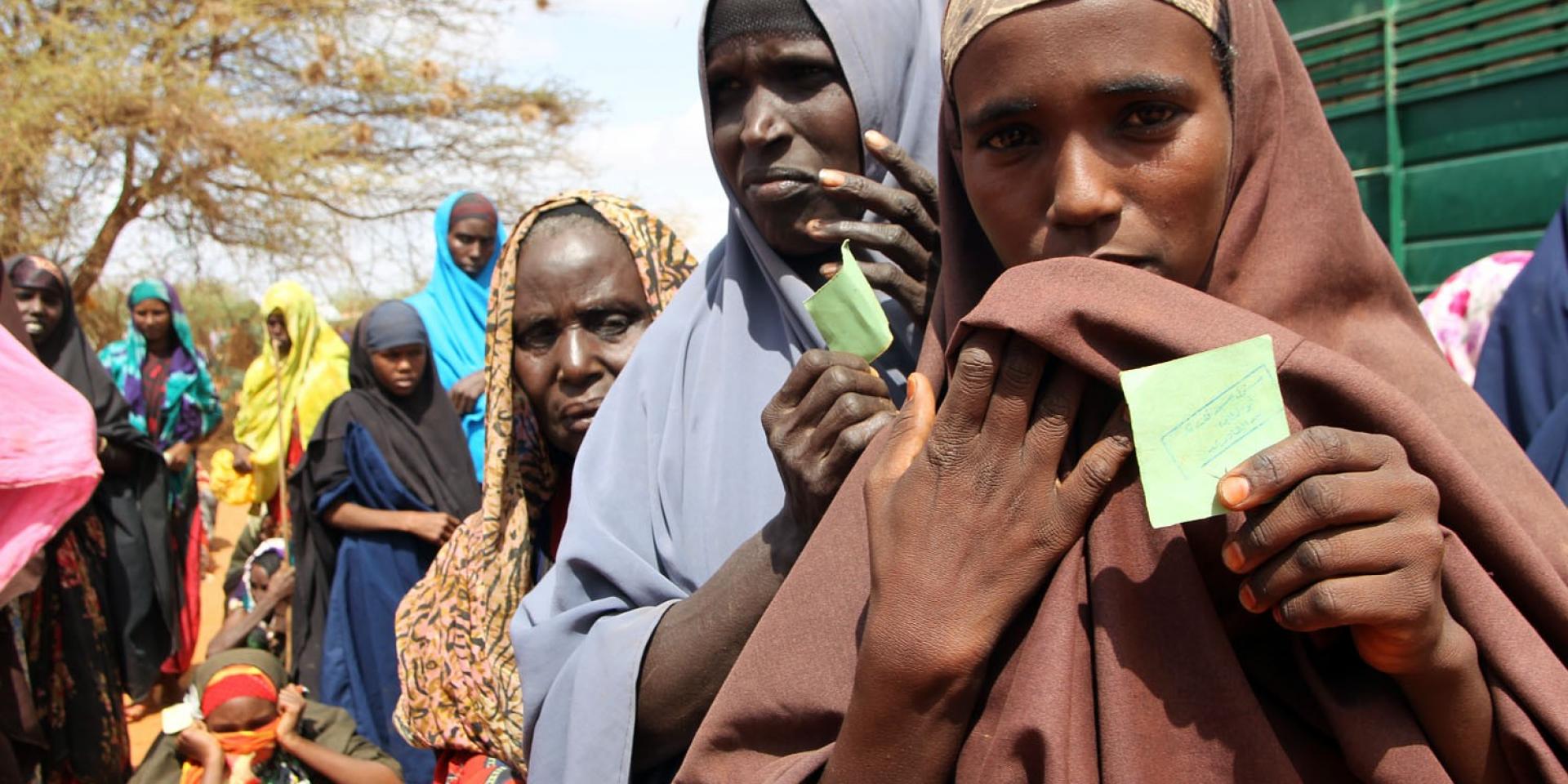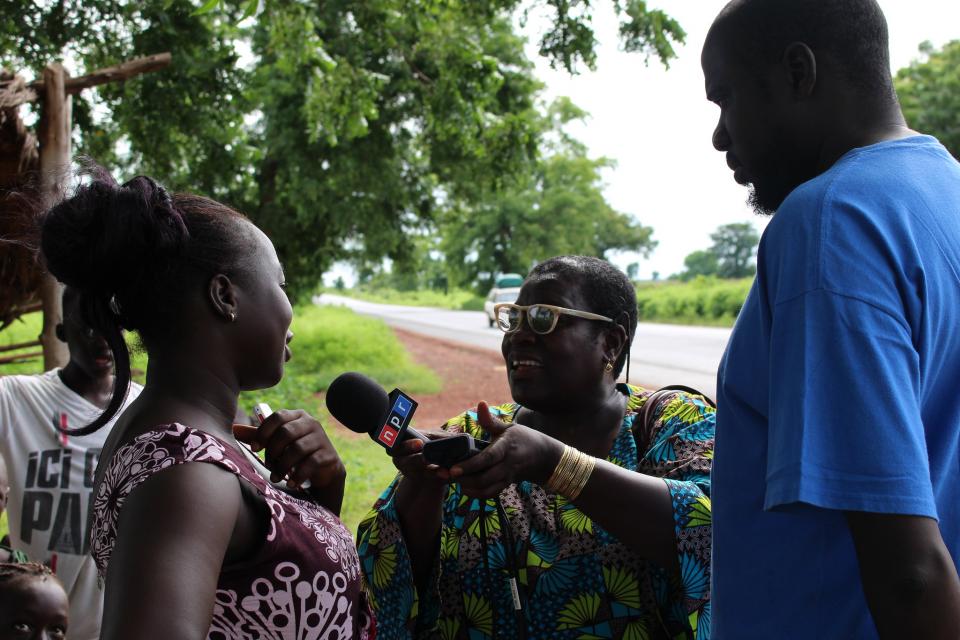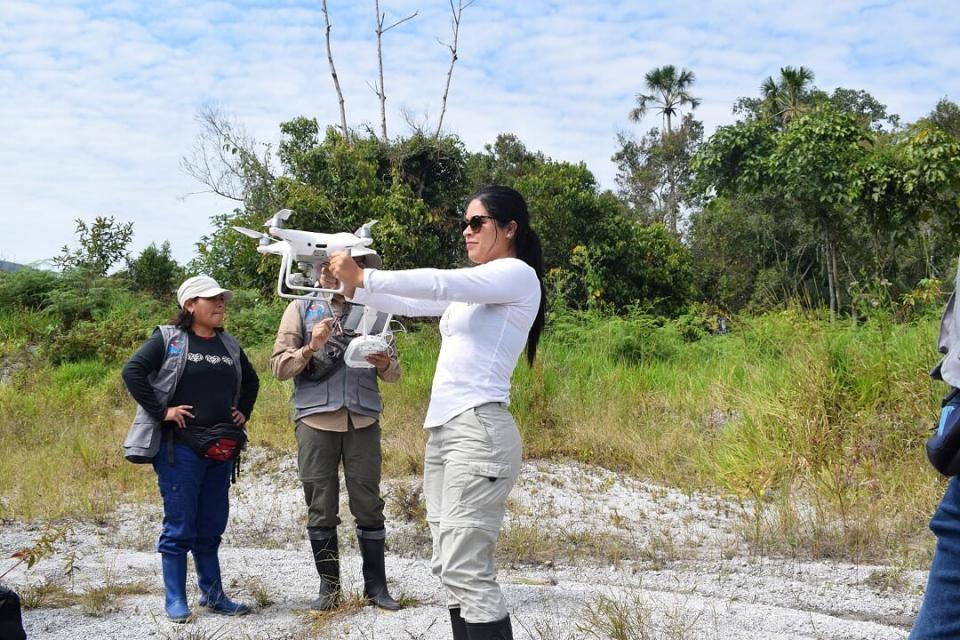Toward a gender-responsive post-2020 global biodiversity framework
 Photo: Flickr/IHH Humanitarian Relief Foundation
Photo: Flickr/IHH Humanitarian Relief Foundation
As we progress towards establishing a post-2020 Global Biodiversity Framework and approach the halfway mark to the Agenda 2030 Sustainable Development Goals, the social and developmental aspects related to global biodiversity and climate challenges are ever more apparent. Gender dimensions are central to understanding and effectively responding to the world’s most pressing environmental challenges.
With a draft Gender Plan of Action proposed for consideration by Parties to the Convention on Biological Diversity (CBD) alongside the post-2020 framework, it is an opportune time to bring attention and resources to ensuring a gender responsive approach to the conservation and sustainable use of biodiversity and the fair and equitable sharing of benefits derived from the utilization of genetic resources.
In the lead up to COP 15, experts from the CGIAR Research Program on Forests, Trees and Agroforestry (FTA), in close collaboration with the Secretariat of the Convention on Biological Diversity, have prepared some guidance on gender and inclusion to support the finalization of the Gender Plan of Action by COP 15, and its implementation in the coming years. An infographic and accompanying brief have been developed to assist Parties and stakeholders engaged in natural resource management, providing an overview of linkages and practical strategies to address pervasive gender inequalities related to the use and conservation of biodiversity.


